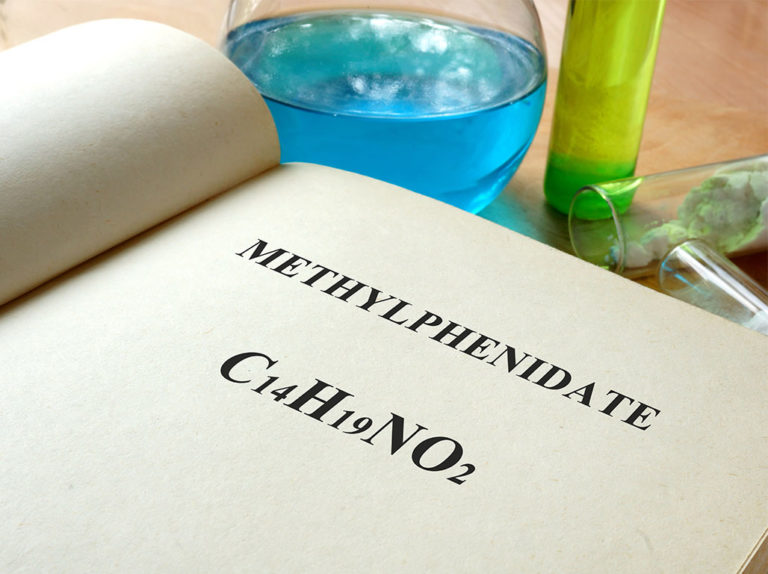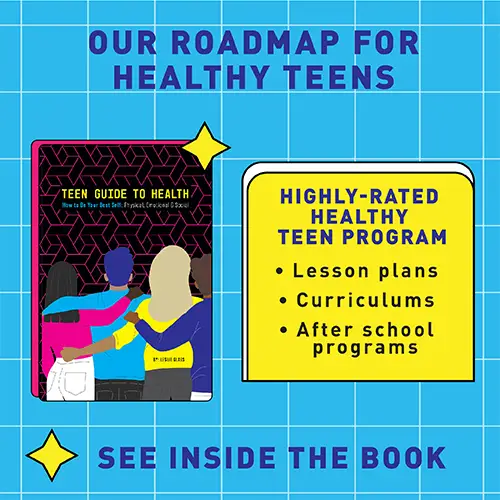What Is Ritalin
Ritalin, is an amphetamine-like central nervous system stimulant used to treat attention-deficit hyperactivity disorder (ADHD) in children, adolescents, and adults, as well as narcolepsy. Methylphenidate is a Schedule II controlled substance,
Ritalin is just one brand name for methylphenidate. Sustained- or extended-release formulas of methylphenidate are sold as Ritalin SR, Ritalin LA, Metadate ER, Metadate CD, Methylin ER, and Concerta.
History
First synthesized in 1944, the Ritalin formula (at that time commonly known as MPH, from methylphenidate) was improved in 1950, and by 1954 it was being tested on humans. In 1957, Ciba Pharmaceutical Company began marketing MPH as Ritalin to treat chronic fatigue, depression, psychosis associated with depression, narcolepsy, and to offset the sedating effects of other medications. It was used into the 1960s to try to counteract the symptoms of barbiturate overdose. For a short time MPH was sold in combination with other products, particularly a tonic of MPH, hormones and vitamins, marketed as Ritonic in 1960, intended to improve mood and maintain vitality.
Research on the therapeutic value of Ritalin began in the 1950s, and by the 1960s, interest focused on the treatment of “hyperkinetic syndrome,” which would eventually be called Attention Deficit Hyperactivity Disorder. In the United States, the use of Ritalin and other stimulants to treat ADHD steadily increased in the 1970s and early 80s, but between 1991 and 1999, Ritalin sales in the United States increased 500 percent. The United Nations reports that the United States produces and consumes as much as 85 percent of the worlds production of Ritalin
Effects on the Brain
Like other stimulants, such as cocaine and amphetamine, Ritalin increases the activity of dopamine, a neurotransmitter associated with pleasure and important for reinforcement of behavior. While amphetamines stimulate the release of dopamine, cocaine and Ritalin block the transporters that reuptake dopamine into the neuron that released it. One of the theories as to why Ritalin helps people with ADHD is that they may have more dopamine transporters than others. The excess of transporters removes dopamine from the synapse before it can reach a dopamine reward receptor in the receiving neuron, so the attention circuitry in the ADHD brain is under stimulated. By blocking transporters, Ritalin allows more dopamine to reach receptors, thus increasing attention signaling, which helps people with ADHD to focus. Ritalin, when taken orally, slowly raises dopamine levels over the course of an hour or so. By contrast, when inhaled or injected, cocaine reaches the brain in seconds, producing a high.
Short-Term Effects
The effects of Ritalin, both adverse and desired, are similar to the effects of amphetamines. Like many substances, the effects of Ritalin are dose-dependent. Therapeutic dosage begins at 5 to 10 mg, one to three times a day, for children over six, but does not exceed 60 mg daily, even in adults. Heavily dependent recreational users may take hundreds of milligrams per day, increasing their dose as they build a tolerance to the desired effects.
Low doses
- Appetite suppression
- Wakefulness
- Heightened alertness
- Euphoria
- Impairment of voluntary movement
- Headache
- Irregular or rapid Nausea and vomiting
- Skin Some people may experience drowsiness
High doses
- Exhilaration and excitation
- Agitation
- Muscle twitching
- Dilation of pupils
- Confusion
- Hallucinations and paranoia
- Flushing
- Increased blood pressure and pulse rate
- Dry mouth
- Vomiting
- Fever and sweating
- Delirium
- Seizures, followed by coma
- Anxiety and restlessness
- Excessive repetition of movements and meaningless tasks
- Formication- the sensation of bugs or worms crawling under the skin
Long-Term Effects
The long-term effects of therapeutic doses of Ritalin are not clearly known. Some studies have shown long-term use of Ritalin may suppress growth in both height and weight, while other studies contradict this finding. Minor growth suppression and weight loss does occur in children under long-term psycho stimulant treatment, but some have suggested that weight loss may be more common in children who weigh more than the average for their height before they begin taking Ritalin, and growth deficits may be partly related to ADHD rather than the medication
The effects of long-term Ritalin abuse are similar to those experienced by amphetamine users, including anxiety and sleeplessness.26 Ritalin abusers who inject high doses on a daily basis may experience a toxic state resembling acute paranoid schizophrenia. Additionally, the talcum filler in the tablets abusers crush and dissolve in water may cause lesions at the injection site.
Misuse of Methylphenidate
Ritalin comes in 5, 10, and 20 mg water-soluble tablets intended for oral ingestion. Those who misuse Ritalin increase the amphetamine-like effects by crushing the tablets into a powder and snorting it or dissolving it in water for intravenous injection.9
As a Schedule II substance, Ritalin has a high potential for abuse. When injected it may produce feelings of euphoria.10 Early reports of abuse in Sweden led to the removal of Ritalin from the Swedish market in 1968.11 The dramatic increase in prescriptions in the United States over the past decade has increased the potential for diversion from medical use.12 The DEA has collected reports indicating that adolescents who are prescribed Ritalin may give or sell it to their classmates who crush and snort the tablets.13 Ritalin is also diverted through “Attention Deficit Scams” in which a parent or other adult takes a child they claim has ADHD to a number of doctors to obtain prescriptions for Ritalin. The adult then keeps the drug for his or her own use or to sell or trade for other drugs.
The DEA has received anecdotal reports of college students using Ritalin to help them study, especially for all-night study sessions and cramming for exams, in addition to using it as a “party drug.” One survey of students at a public liberal arts college found that over 50% of survey participants knew other students who had used Ritalin for fun, 16% had used it themselves, and nearly 13% reported their own use included snorting the drug.
Tolerance, Dependence, & Withdrawal
Children and adults prescribed Ritalin to treat ADHD or narcolepsy do not appear to develop tolerance to its therapeutic effects, but abusers develop tolerance to the effects they seek from the drug. Chronic heavy use can lead to physical dependence, and withdrawal symptoms include exhaustion and severe emotional depression. Ritalin abusers who become psychologically dependent may experience cravings for the drug and feelings of panic if the drug becomes temporarily unavailable.
Slang Terms for Ritalin:
- West Coast
- Vitamin R
Slang Term for Ritalin Use:
- Pharming – consuming a mixture of prescription drugs
Courtesy The University of Maryland
If you need help with ADHD or addiction to Ritalin, visit Recovery Guidance for a free and safe resource to find addiction and mental healthcare professionals near you.
Save
Save





















